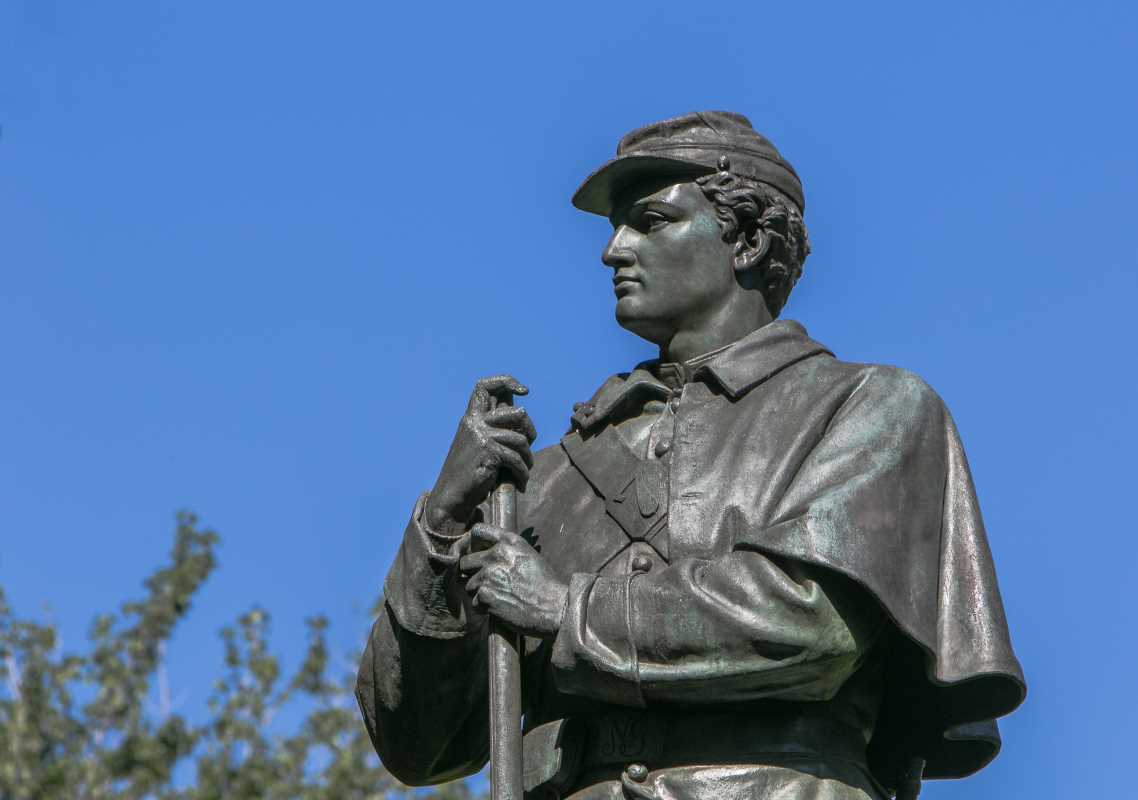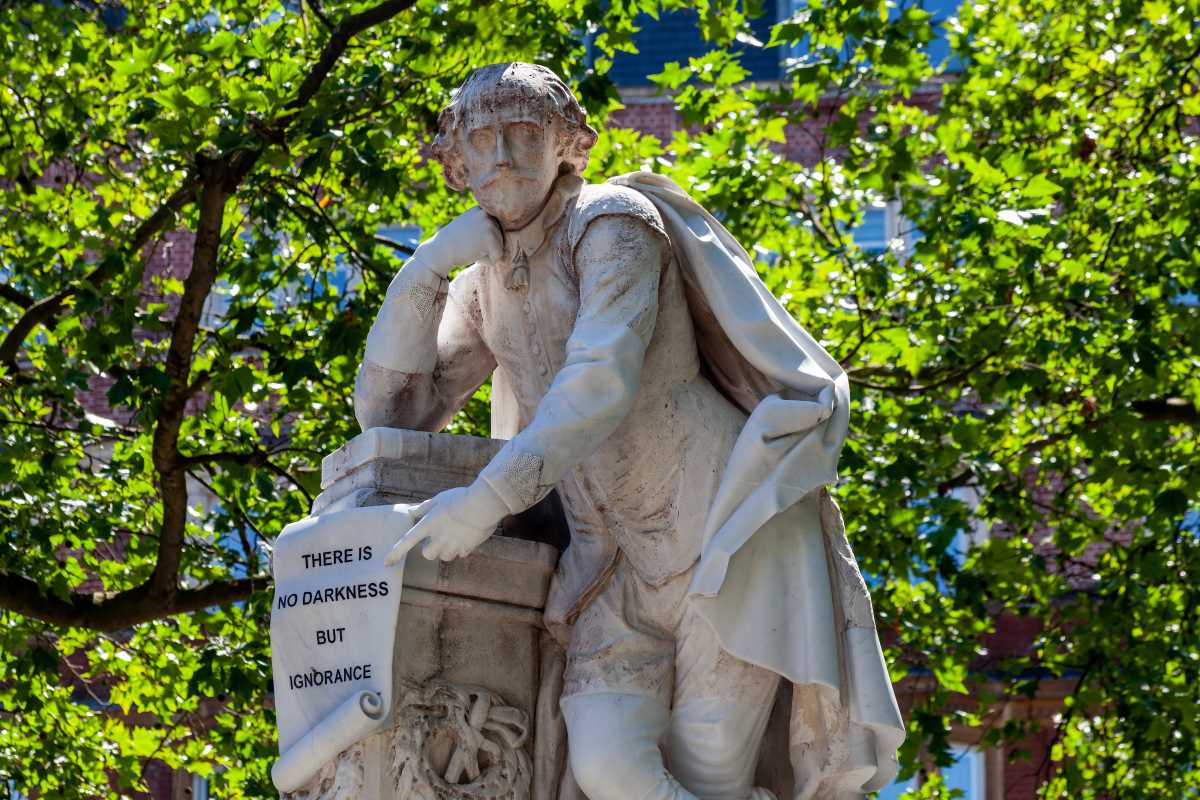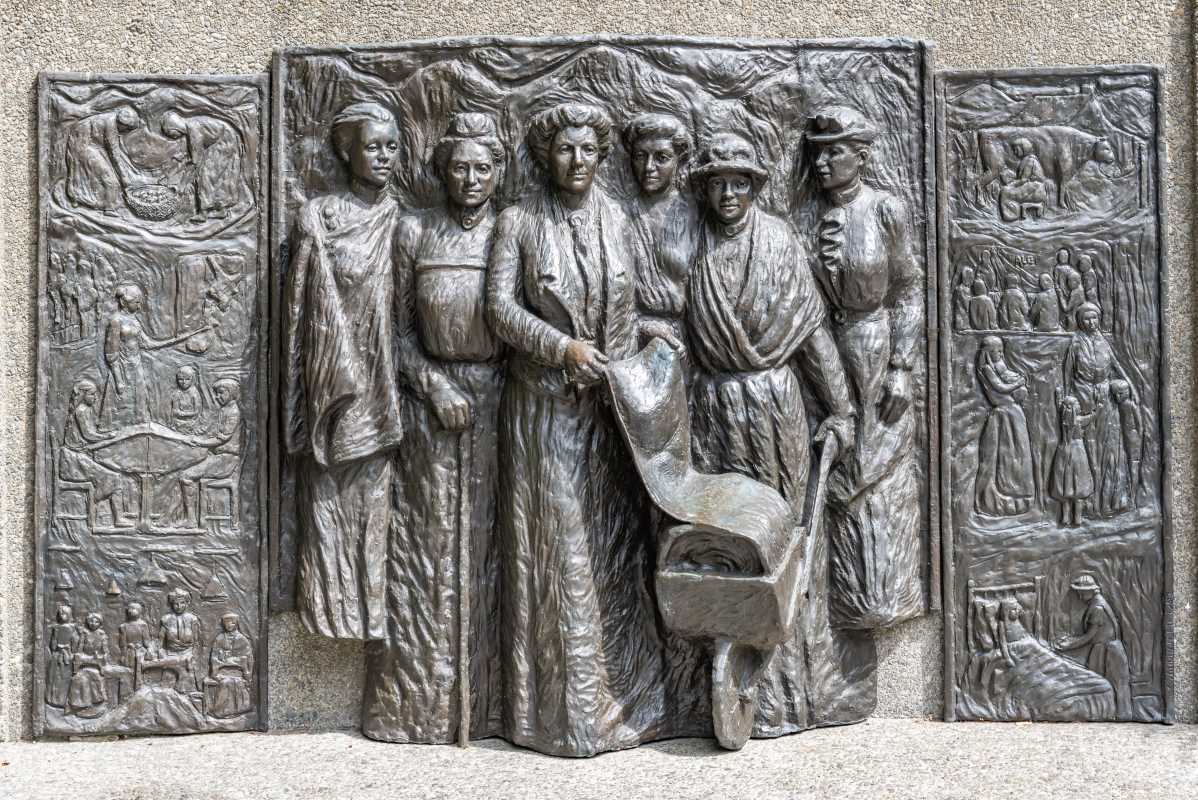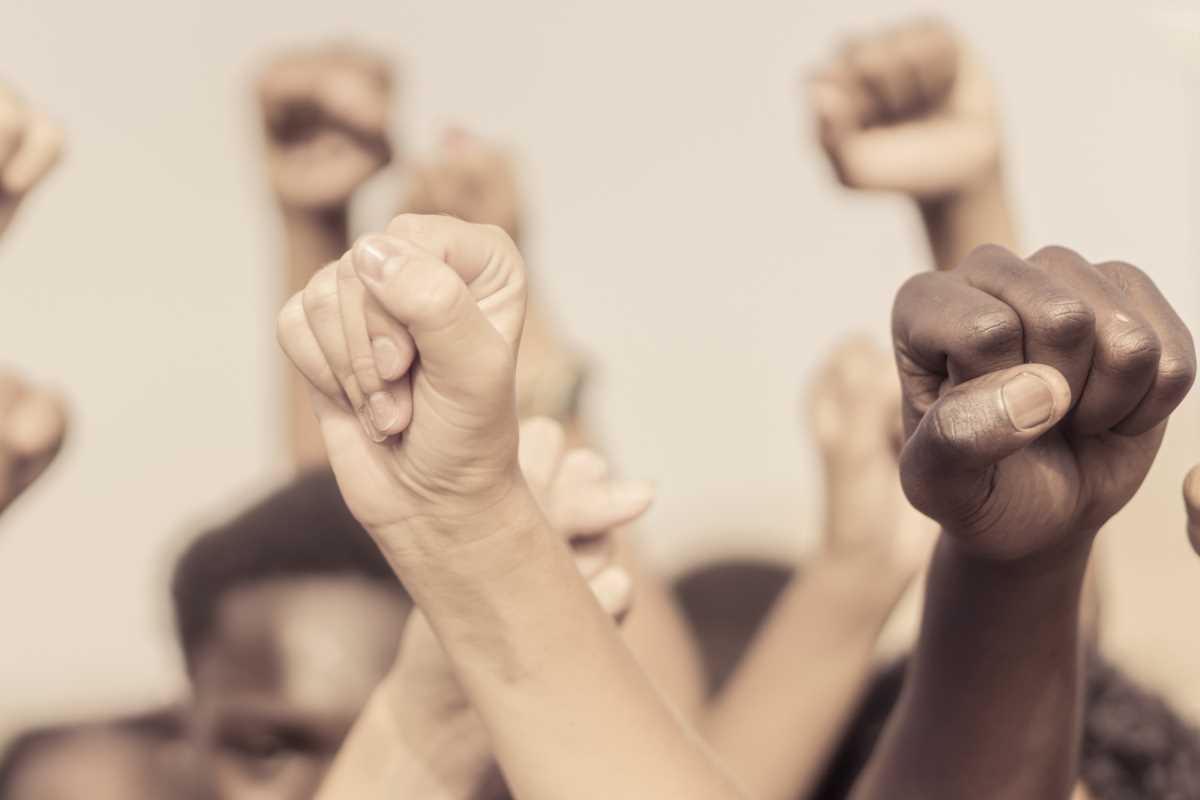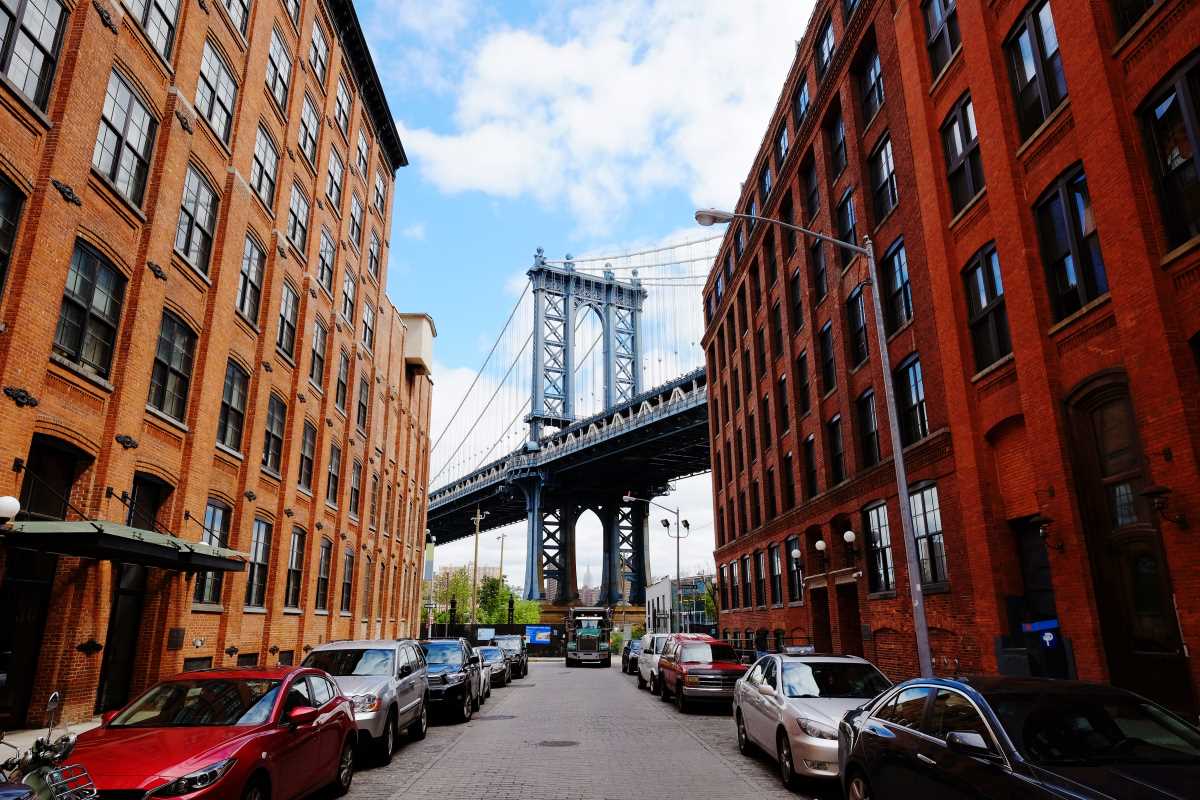Throughout history, bold actions have sparked change. One of the most pivotal moments in the Civil Rights Movement came in 1961 with the Freedom Rides. The Freedom Riders, a group of Black and white activists, challenged segregation in interstate transportation by riding buses into the deep South. Their courage was met with violence and arrests, but their determination led to significant progress in the fight for racial equality. Today, their legacy lives on in modern activism, as movements around the world draw inspiration from their resilience, strategy, and commitment to justice.
But how exactly do the lessons learned from the Freedom Riders translate to current activism? To explore that, we need to look at their actions, their impact, and the echoes of their fight in today’s struggles for equality and human rights.
Who Were the Freedom Riders?
The Freedom Riders weren’t politicians, celebrities, or highly trained professionals. They were ordinary people from all walks of life, united by the belief that segregation had no place in America. Their actions were sparked by a Supreme Court ruling in 1960 (Boynton v. Virginia) which declared segregation in buses and bus terminals unconstitutional. Despite this ruling, many Southern states ignored the decision and continued enforcing segregation laws.
The Freedom Riders tested this defiance by boarding buses and traveling through the South, intentionally sitting in integrated groups. They wanted to expose the blatant disregard for federal law and push the nation to uphold the principles of justice and equality.
Facing Violence and Breaking Barriers
From the moment they began, the Freedom Riders faced fierce resistance. Angry mobs met them with violence, buses were firebombed, and local authorities often turned a blind eye or even participated in the brutality. Despite this, the Riders refused to back down. They understood the risks and were often arrested, but their courage brought national attention to the injustices of segregation. Their actions forced the federal government to take a stronger stance on enforcing desegregation laws.
The Impact of the Freedom Riders
The Freedom Riders achieved more than they may have imagined at the time. Their bravery and determination led to lasting changes in the Civil Rights Movement and set a powerful example for future activists.
Major Achievements
- Desegregation of Interstate Transportation: By the end of 1961, the Interstate Commerce Commission enforced new regulations officially prohibiting segregation in interstate bus travel and facilities. This was a direct result of the Freedom Riders’ efforts.
- National Attention to Civil Rights Issues: The Freedom Rides helped expose the systemic racism and violence that Black Americans faced daily in the South. The media coverage forced Americans across the country to confront the harsh realities of segregation.
- Strengthening the Movement: Inspired by the courage of the Freedom Riders, more people, especially young activists, became involved in the Civil Rights Movement. Programs like voter registration drives and sit-ins gained momentum as more individuals joined the fight.
The Freedom Riders’ Influence on Modern Activism
Decades later, the same spirit of courage and determination that drove the Freedom Riders is alive in today’s activists. From climate change movements to racial justice protests, their strategies and resilience continue to inspire those speaking out against inequality and injustice.
Nonviolent Resistance
The Freedom Riders used nonviolence as their weapon, even in the face of brutal aggression. This idea—that you can disrupt systems of oppression without resorting to violence—is a hallmark of many modern movements. Groups involved in today’s Black Lives Matter protests, climate strikes, and immigrant rights demonstrations often emphasize peaceful methods of civil disobedience, following the example set by the Freedom Riders.
Drawing Attention to Social Issues
Just as the Freedom Riders used public transportation as a stage to highlight injustice, many of today’s activists strategically use media and high-visibility actions to raise awareness. For example, during the Standing Rock protests against the Dakota Access Pipeline, activists used social media to show the world what was happening in real time. Much like the Freedom Riders leveraged television and newspapers to highlight their struggle, modern movements use digital platforms to gain widespread attention.
Building Diverse Coalitions
The Freedom Riders proved that change is possible when people, regardless of race, gender, or background, come together for a common cause. Today’s social movements also benefit from diverse coalitions. For example, climate change activism often brings together Indigenous communities, scientists, policymakers, and youth activists to advocate for sustainable solutions.
Persistent and Organized Efforts
The Freedom Riders didn’t act on impulse. Their rides were carefully planned, and they received training to handle the inevitable hostility they would face. Many current activist groups take a similarly structured approach. Organizations like Sunrise Movement and Extinction Rebellion train their members in nonviolent protest methods and strategy to build long-term momentum for their causes.
Lessons for Today’s Activists
The legacy of the Freedom Riders extends far beyond their time. Here are some key lessons from their efforts that today’s activists can apply:
- Prepare for Resistance: Change often meets resistance, sometimes extreme. Being prepared for opposition ensures movements remain focused and organized.
- Stay Persistent: The Freedom Riders didn’t stop when obstacles arose. Instead, they adapted, regrouped, and kept going. This persistence is crucial in tackling today’s pervasive issues like climate change, racial injustice, and economic inequality.
- Use the Power of Unity: The Freedom Riders relied on strength in numbers and solid teamwork. Effective activism today follows the same principle; when multiple voices unite, they become harder to ignore.
- Ultilize Media and Technology: Modern activists have access to tools the Freedom Riders could never have imagined. Social media, live video streaming, and global communication networks allow today’s movements to spread their messages farther and faster than ever before.
- Make It Personal: One reason the Freedom Riders were so effective was that their actions made the issue of segregation impossible to ignore. By putting themselves at risk and showing their humanity, they touched hearts and sparked outrage. Today’s movements also find success by telling personal stories that connect with people on an emotional level.
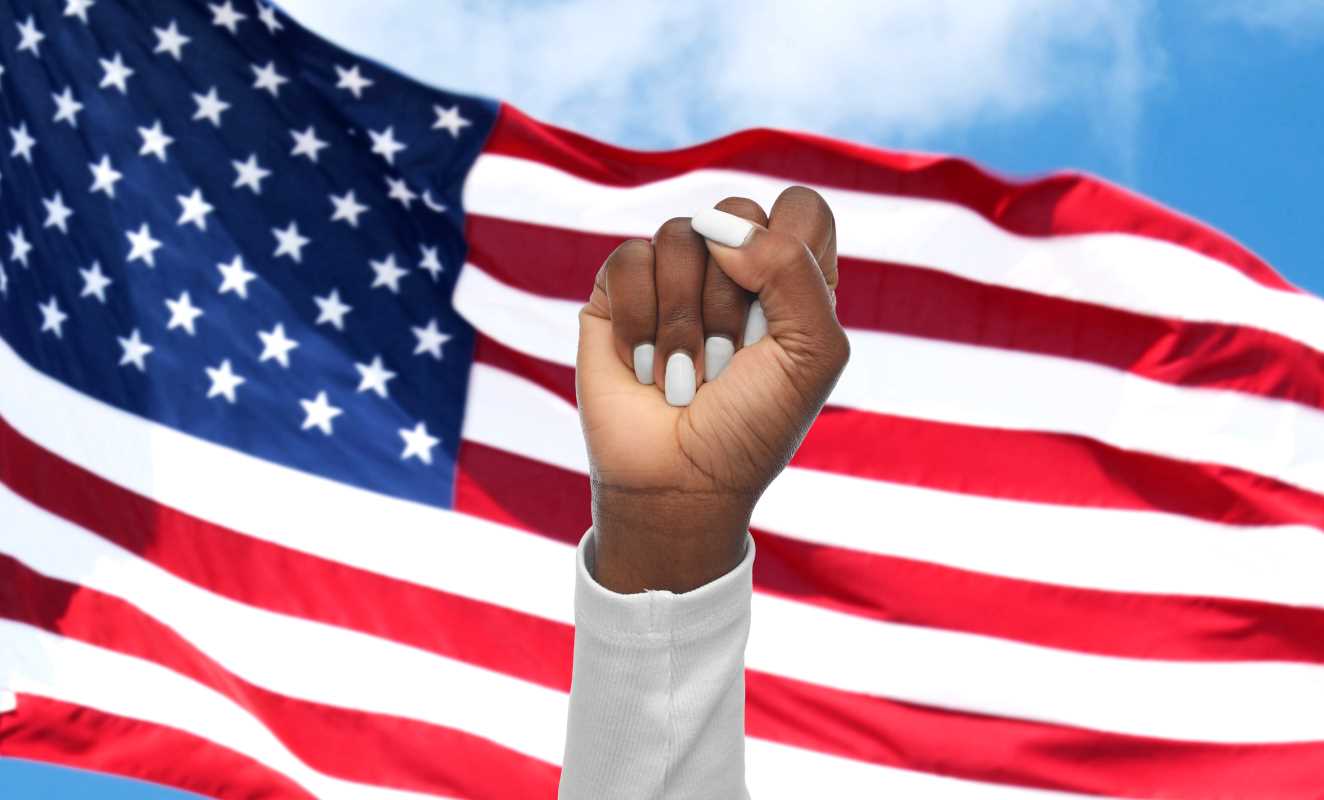 (Image via
(Image via

